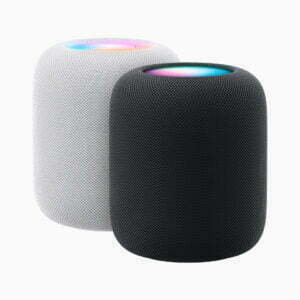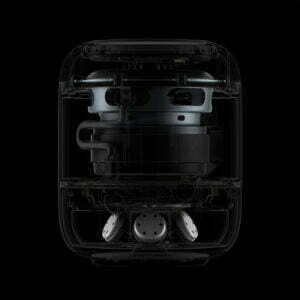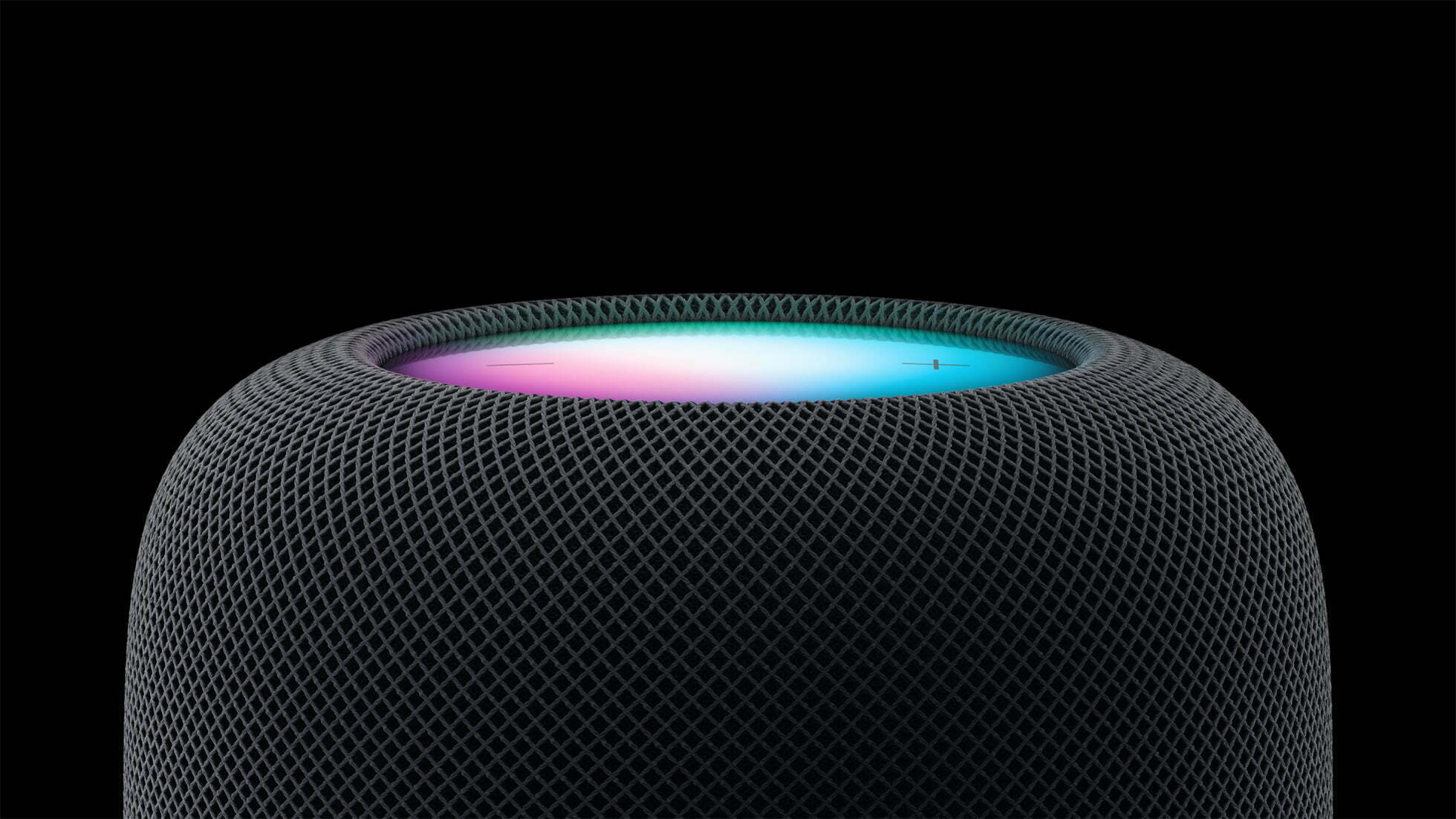Hello all, Leo here. Today we will compare the new HomePod with the old one.
The new HomePod replaces the first HomePod, which was discontinued in 2018 and features a lot of new technology. But before you invest $300, check how it stacks up.
In order to “concentrate on HomePod mini,” Apple canceled the original big HomePod in March 2021. The expensive price was typically to blame for the specialized smart home speaker’s failure to gain traction.
In January 2023, a new Apple HomePod will be available at the same $300 pricing as the first. Apple does not specify if the audio quality is better than the original or not, only that it has “amazing audio quality.”
We won’t be able to assess sound quality until February 3, when the new HomePod ships to customers. Here are the specifications of the two generations as of right now. This HomePod Apple Review is everything you will need to make a decision if you want to buy a new one or just pass.
Check also how to reach every corner of your giant iPhone 14 Pro with just one hand. And the news about the Contact tab in the Phone in iOS 16.
Let’s see how they compare!

Comparison of New Vs Old Apple HomePod
Next, we will take a closer look at the specific technical specifications of both the new HomePod and the original HomePod. This will include a comparison of the audio quality, design, features, and other key elements that differentiate the two models.
By comparing the specifications, we will be able to gain a better understanding of how the new HomePod has evolved and improved since the original model. We will also be able to see how the new HomePod stands up in terms of performance and capabilities when compared to the original.
This will give us a comprehensive overview of the key differences between the two models and will help us to make an informed decision about which one is the better option for our needs.
Check the table below:
| Spec | New HomePod 2023 | Old HomePod 2018 |
|---|---|---|
| Price | $299 | $299 |
| Dimensions (inches) | 6.6 x 5.6 | 6.8 x 5.6 |
| Weight (pounds) | 5.16 | 5.5 |
| Processor | S7 | A8 |
| Speakers | High-excursion woofer 5 horn-loaded tweeters | High-excursion woofer 7 horn-loaded tweeters |
| Microphone Array | 4 | 6 |
| Sensors | Accelerometer Temperature Humidity System sensor | Accelerometer |
| Connectivity | 802.11n Wi-Fi Bluetooth 5.0 Thread with Matter Ultra Wideband | 802.11ac Wi-Fi Bluetooth 5.0 |
| Colors | White, Midnight | White, Space Gray |
With the exception of a slight height adjustment and the transition from space gray to midnight, very little has externally changed between the two generations. Yet, the chipsets, sensors, and speaker configurations within have all been updated.
Key Differences
The new HomePod and the 2018 HomePod model have several key differences that set them apart. One of the most noticeable differences is the design and size of the new HomePod. The new model is smaller and more compact, making it a better fit for smaller spaces or as a portable option. In contrast, the 2018 model was larger and had a more cylindrical shape, which made it more suitable for larger rooms.
Another major difference between the two models is the sound quality. The new HomePod boasts improved audio technology and a wider soundstage, which delivers a more immersive and dynamic listening experience. The new model also has the ability to recognize multiple voices, making it easier for multiple users to interact with it. On the other hand, the 2018 model had a more limited soundstage and was not able to recognize multiple voices.
New HomePod vs Original HomePod: How Has Technology Improved?
The S7 for the Apple Watch Series 7 was announced in 2021. It powers the new HomePod. That is almost a decade newer than the A8 utilized in the original HomePod and two generations newer than the S5 in the HomePod mini.
The new HomePods can be used in stereo to enhance this effect. The more recent processor will perform better with algorithms that produce spatial audio.A sophisticated network of speakers, microphones, sensors, and a central CPU constitutes the HomePod. With the aid of sophisticated machine-learning algorithms, they are all combined.
This change in processing generations ought to affect how sounds are reproduced. The new HomePod is therefore anticipated to produce far better sound, despite the same woofer and fewer tweeters.
New HomePod vs Original HomePod: A Breakdown of Audio Features

According to Apple, a brand-new system sensor performs sophisticated tuning algorithms in real-time to maintain dynamic range and improve acoustic performance. It’s unclear whether the first HomePod used a different system sensor or if it just used its microphones to make real-time audio adjustments.
Both HomePod models can detect where a speaker is located in space by listening for sound reflections with their microphones. According to the location of the speaker, the audio is automatically tuned.
There are only two fewer tweeters, yet they do the same thing. To ensure room-filling sounds, background music and a few frequencies are played through the tweeters.
The speaker’s capacity for data processing will also affect the audio quality. Better chipsets, which experienced a significant improvement between the first HomePod and the new one, will boost computational audio.
There isn’t much information provided by Apple in its explanations of its new speaker system about how it differs from the prior one. The main speaker still has a sizable high-excursion woofer and a series of tweeters surrounding the base.
The Evolution of HomePod Design: Original vs. New
Apple probably made these height and weight improvements in order to reduce the number of tweeters from seven to five. Additionally, of six to four microphones, there were two fewer in total.
All recycled resources were used to create the mesh fabric. Both generations of the design share a similar aesthetic, but the top is a little flatter and has a more dynamic touch surface—the vibrant waveform now extends to the edge. The black HomePod’s colors were changed by Apple from space gray to midnight. That implies that the new color should have a faint blue undertone.
The 2023 HomePod weighs 5.16 pounds as opposed to 5.5 pounds for the original. It is 0.2 inches shorter as well.
The AC wire of the first-generation HomePod was theoretically detachable, however, the user wasn’t intended to do it. The power cord on the new HomePod is simple to remove, which is an upgrade over the one from the first. In contrast, the HomePod mini includes a non-removable cable that terminates in USB-C and is powered by a USB-C converter that can produce at least 18W of electricity.






